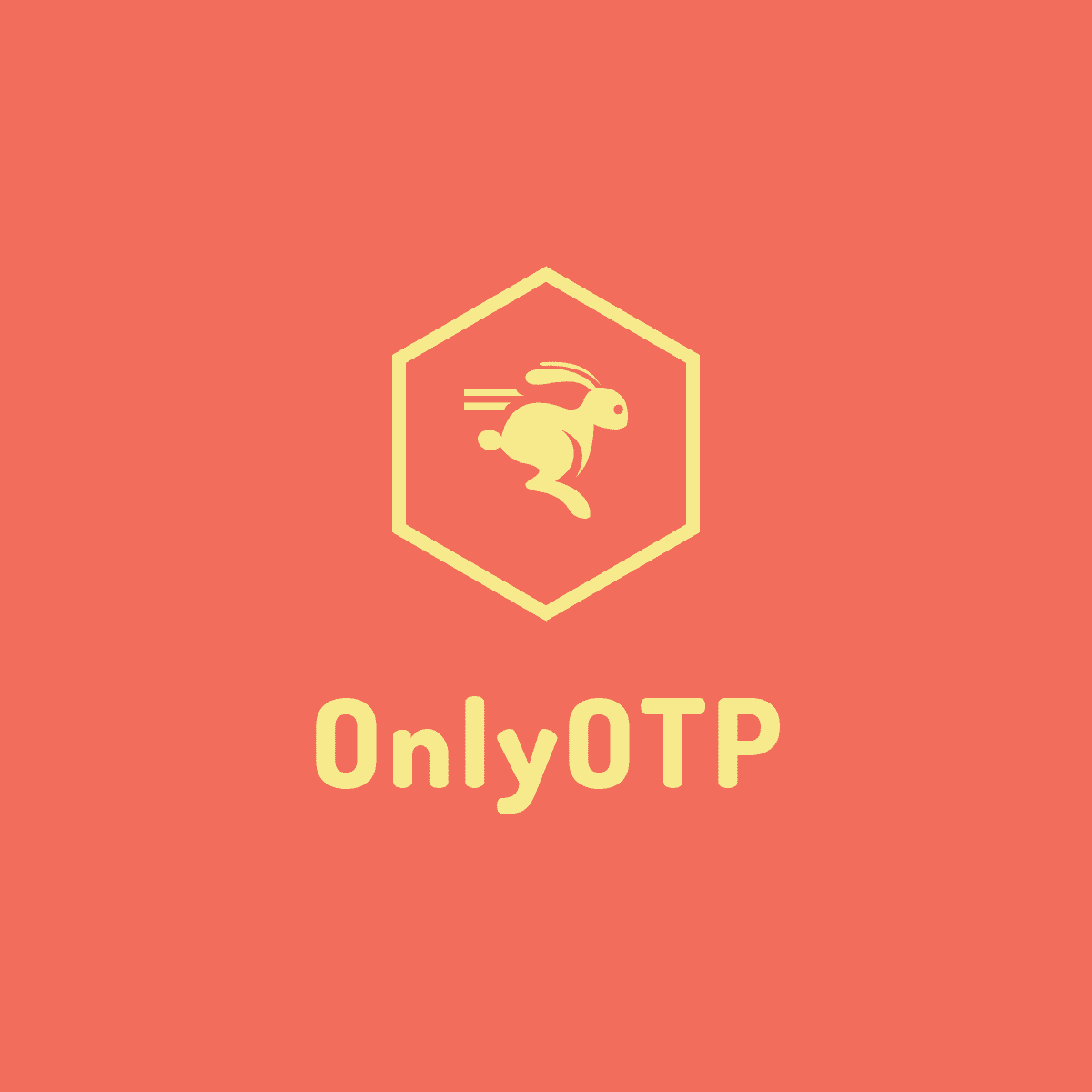What's New in the SDK and Tooling for .NET 9
← Previous: What’s New in .NET Libraries for .NET 9
The .NET 9 SDK introduces several new capabilities and improvements to streamline development workflows, enhance build and test experiences, improve NuGet security and performance, and provide greater flexibility in managing .NET workloads and containers. These updates make the overall .NET ecosystem more productive, secure, and maintainable.
